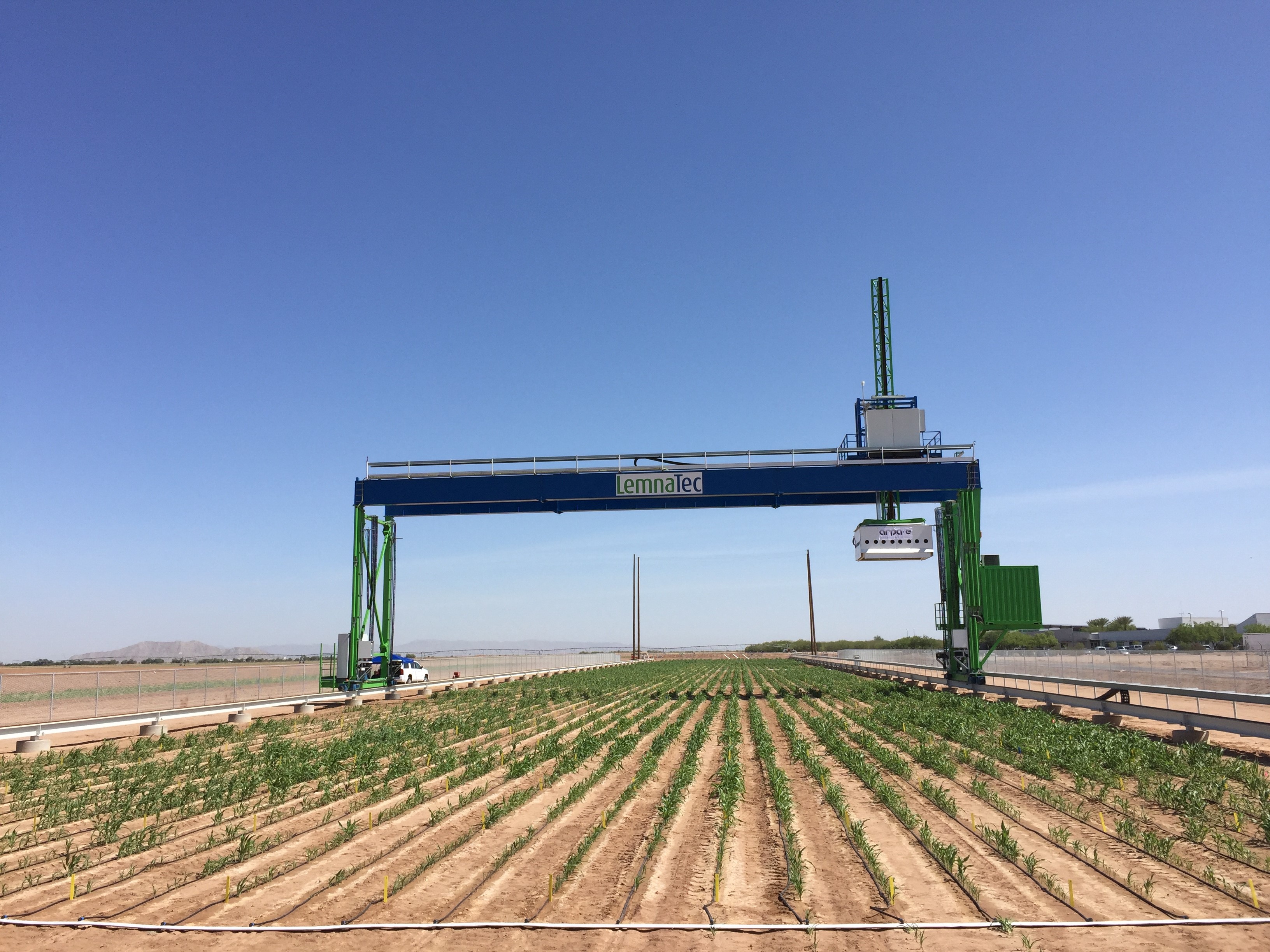
Crops, Bots and Bytes: Check Out the Robots Behind ARPA-E’s Agro-Energy Program
Biofuels have huge potential as a low-carbon alternative to fossil fuels for transportation. But farming crops for biofuel takes land, fresh water and other resources that are increasingly scarce as the world’s population rises -- so finding ways to grow them faster and more efficiently is key.
That’s where the Department of Energy comes in.
The Department’s Advanced Research Projects Agency-Energy (ARPA-E) brings together experts on plant genetics, information technology and robotics in the search for bioenergy crops that are sustainable, affordable and yield abundant feedstocks for biofuel. Through ARPA-E’s TERRA program -- short for “Transportation Energy Resources from Renewable Agriculture” -- some of these researchers are building robots armed with cutting-edge sensors to collect data on plant characteristics. Meanwhile, other teams develop tools that use this data to predict which plants will grow more quickly, thrive in stressful environments, and generally show greater potential to fuel and feed our planet.
Previously, evaluating fields of crops was done with two simple tools: the human eye and a yardstick. It was slow and imprecise. TERRA’s robotics technologies could soon make this kind of research faster, better and cheaper. In June, ARPA-E hosted a TERRA field day at the University of Arizona’s Maricopa Agricultural Center in Arizona, inviting more than 100 scientists, energy and agriculture experts, policy makers and journalists to brave the heat and watch TERRA’s robotics platforms in action.
Head over to the DOE website to read the rest of this blog and see event photos!
